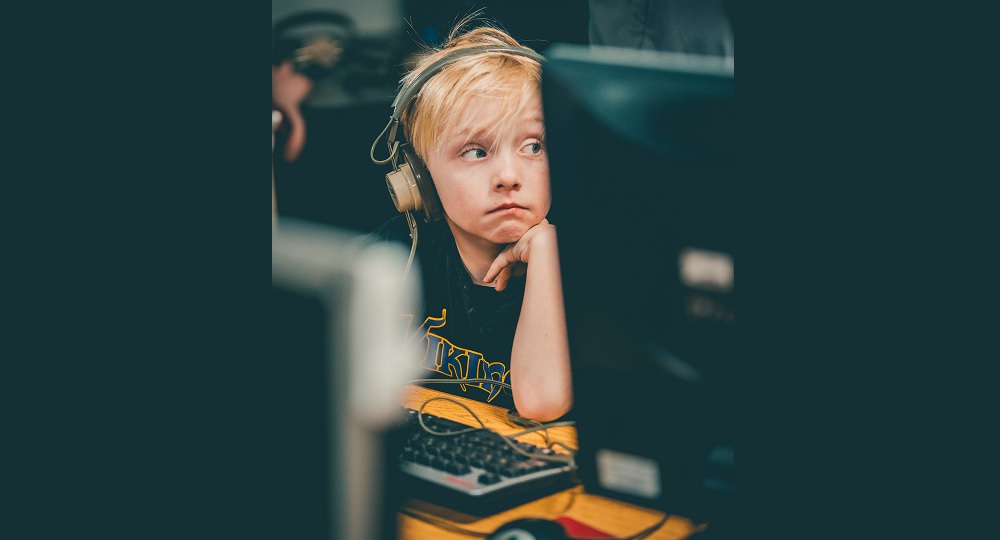
Todd Trapani/Pexels
.
Since the COVID-19 pandemic began, youth organizations, like other organizations, have gotten a crash course in working online.
However, working effectively with kids online poses challenges.
“Many of us are using Zoom or other technology,” said Gloria Sherman, a licensed professional counselor, parent educator and coach, who recently provided training to the Michigan AfterSchool Association on kids and technology.
“[Zoom] is better than nothing,” she said. But remote communication doesn’t provide the same emotional connection as in-person communication.
Sherman said it’s important to use technology in the best way, but it’s also important to understand that the primary need for kids is an emotional connection and supportive environment.
When students return to school “everyone is going to focus on what the kids have been missing [academically],” Sherman said. “But the biggest thing that’s going to help kids is building that sense of family and social connection.”
When kids feel stressed “you can be the teacher of the year” and they still won’t be able to learn, she said.
“Yes, we do need to pay attention to curriculum, but we need to help children feel safe in the environment,” she said. We don’t know what they have been experiencing during the pandemic, how they’ve perceived it and what their needs are until we ask.
“It’s about being curious” and also creating an environment that is accepting and where it’s OK to make a mistake, she said.
Connecting with kids and creating a nurturing environment is exactly how after-school programs can assist schools, after-school leaders have pointed out.
But after-school programs may also be working remotely.
Sherman said adults should make online communication interactive, break it up into smaller chunks, incorporate physical movement and find out what topics interest and engage kids.
“For optimal learning, I have to involve all my senses,” she said. By its nature, online communication does not offer that, making it harder for kids to stay engaged
“I really have to have self-regulation to stay engaged in the screen in front of me,” she said. The challenge for adults working with children and youth is to find out what interests and engages them.
Make the communication interactive and include movement, maybe even every 10 to 15 minutes, she said. “The interactive part is key,” she said.
Understanding the experiences of young people right now is important.
To that end, America’s Promise, a nonprofit aimed at improving the lives of America’s youth, recently surveyed 3,300 students ages 13-19.
Three-fourths of the students said that when their schools shifted to remote learning they spent only from one to four hours a day doing schoolwork. More than one-fourth said they had lost sleep because they felt unhappy, under strain or a loss of self-confidence. Students said they worried about health, family finances and their education. Thirty percent said they were worried about basic needs, such as food, medicine or safety. One-fourth of the students said they did not feel at all connected to their classmates, adults and school.






























